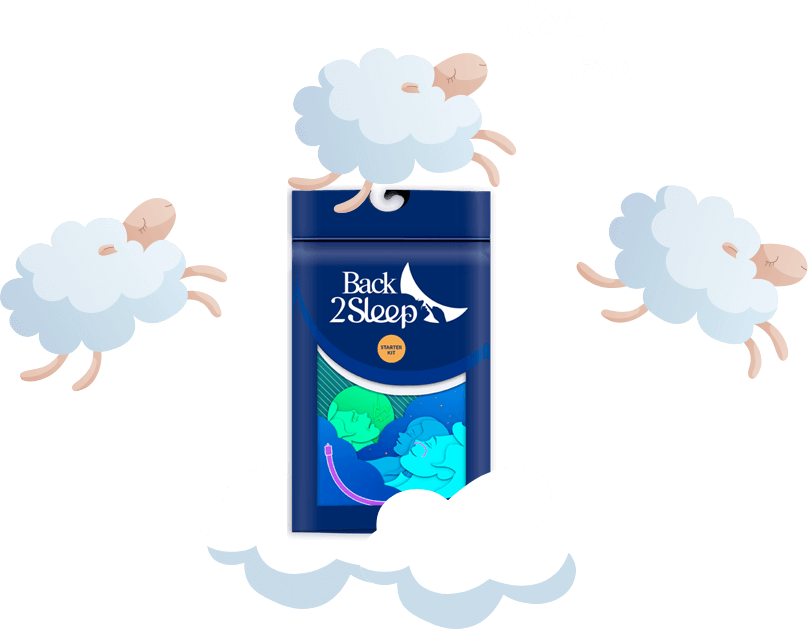In this article, we're going to talk about a topic that may well help you get a better night's sleep: breathing exercises for better sleep. You may already know this, but proper and regular breathing can greatly improve the quality of your sleep. So why not try these 5 exercises for better sleep?
Before I begin, I would like to make it clear that these exercises do not replace medical advice and are not suitable for everyone. If in doubt or if you have difficulty breathing, do not hesitate to consult your doctor.
Deep breathing
Sit comfortably with your legs crossed or feet flat on the floor. Place one hand on your chest and the other on your abdomen. Breathe in slowly and deeply through your nose, making your abdomen expand rather than your chest. Hold your breath for a few seconds, then exhale slowly through your mouth. Repeat this exercise for 5 minutes.
Alternate breathing
Sit comfortably and place your right thumb over your right nostril. Inhale slowly through your left nostril, hold your breath for a few seconds, then exhale slowly through your right nostril. Repeat this exercise for 5 minutes, alternating nostrils with each breath.
Breathing 4-7-8
Sit comfortably and place the tip of your tongue against your upper teeth. Breathe in slowly through your nose to the mental count of 4. Hold your breath for 7 seconds, then exhale slowly through your mouth to the count of 8. Repeat this exercise for 5 minutes.
Diaphragmatic breathing
Lie on your back with your knees slightly bent and your feet flat on the floor. Place one hand on your abdomen and the other on your chest. Breathe in slowly through your nose, expanding your abdomen rather than your chest. Hold your breath for a few seconds, then exhale slowly through your mouth, contracting your abdominal muscles slightly. Repeat this exercise for 5 minutes.
Breathing 5-5-5
Sit comfortably and close your eyes. Breathe in slowly through your nose to the count of 5 mentally. Hold your breath for 5 seconds, then exhale slowly through your mouth to the count of 5. Repeat this exercise for 5 minutes.
So there you have it, 5 breathing exercises for better sleep. Remember, breathing is a habit that needs to be developed, so practice these exercises regularly to feel the benefits.
Do you have any tips for breathing and sleeping better? Share them with us in the comments!

- Choosing a selection results in a full page refresh.
- Opens in a new window.







